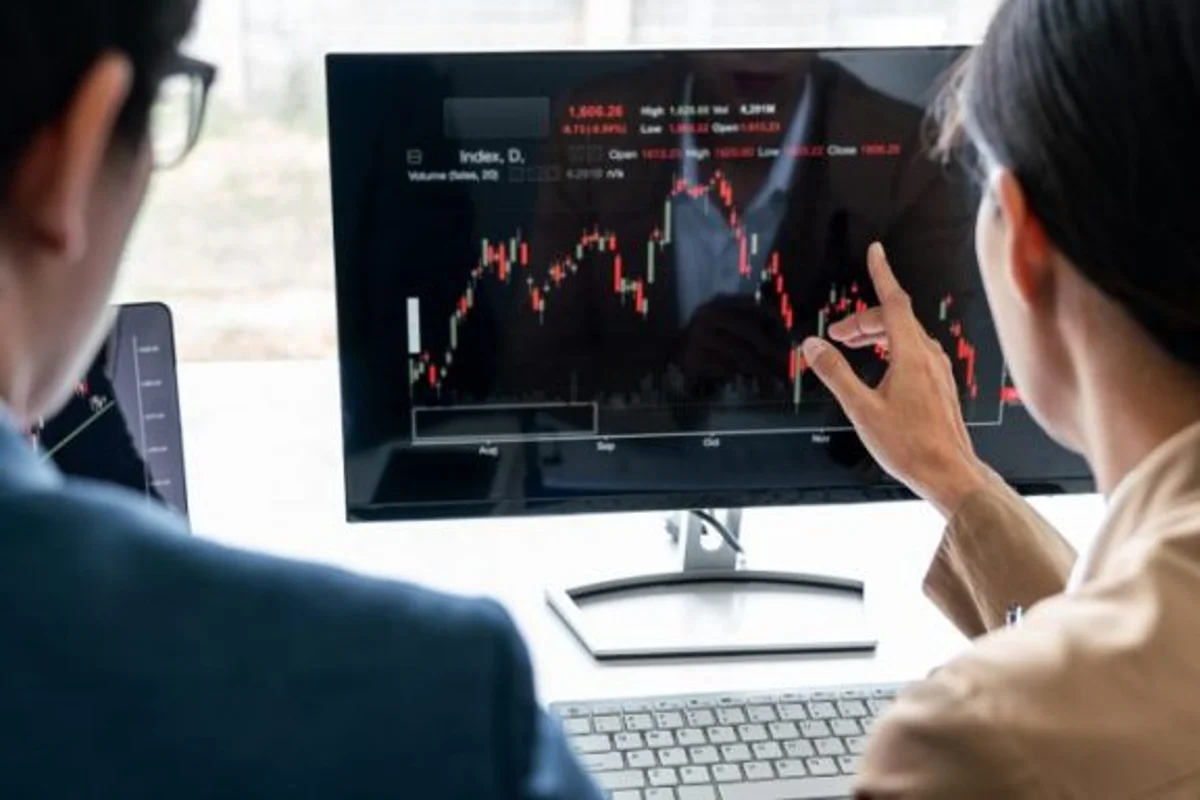What Is A Leverage Ratio And How Do You Calculate It?
Leverage in forex is a trading approach where traders borrow the money from the broker which allows traders to open and control a larger trading position with a relatively smaller amount of money. In other words, leverage gives traders the power to control something big with something small. Read More
Leverage is defined as the ratio of the trader’s fund to the size of the broker’s credit. It allows traders to increase their funds and get maximum market exposure with a comparatively smaller amount of money. Leverage can magnify the profits of the trader if he knows the right trading technique to use it. Leverage is represented in the form of a ratio. The ratio includes the trader’s fund to the size of the money lent by the broker. There are many leveraged forex brokers that offer leverage as high as 1:3000. To calculate the margin-based leverage, divide the total transaction value by the margin required. So, the margin-based leverage = transaction value/ margin required For e.g., if the leverage forex broker is offering the leverage of 1:100, this means that 1% of the total transaction value is required by the trader which is also known as the margin. If the trader wants to trade one standard lot of ($100,000) EUR/USD, then the 1% which is required by the trader is $1000. This means that the trader needs $1000 to control the position of $100,000. Using the above formula, the margin requirement for using other leverage ratios can be calculated. For e.g., if the margin-based leverage is: 1:400 then the margin required of the total transaction is 0.25%. For 1: 200 the margin requirement is 0.50% of the total transaction value, and for 1:50 is 2% of the total transaction value. Leverage is considered a double-edged sword that can amplify both potential profits as well as risks. Let’s understand how? If the trader wants to trade 0.1 lot of EUR/USD at 1.23228, he will require $123,22 USD in his account. But his trading account balance is $500 USD. If leverage of 1:500 is applied, he requires a margin of $123 USD to open this position, and $12,199 USD is lent by the broker. Balance in the trading account (in the above case $500 USD) and unrealized profit or loss on the transaction together are known as equity margin. Equity margin reflects whether the market is going against or in the favor of the trader. The minimum amount required to open the trade is known as the margin (in the above case $123 USD). The difference between the account balance and the margin is known as the free margin (in the above case $277 USD). If the market goes upward or in the favor of the trader, the free margin keeps on increasing and the margin remains the same. When the leveraged position is closed, brokers pull out their money and the profits are released to the trader. But if the market goes against the trader, and the market price is about to hit the free margin level, the broker sends a margin call where traders are asked to either close the position or add extra funds. If the traders fail to do any of this, brokers initiate a stop-out where the position is closed. The main risk in leveraged trading is that if the market becomes highly volatile due to any sudden news or data release, while the position is opened and the prices fluctuate so rigorously that sometimes brokers might not be able to close your position, that can lead to heavy losses. In such cases, the broker’s funds also start depleting which is an additional risk. Traders are liable for all the losses which mean traders need to pay the lost amount to the broker. Leverage can magnify potential profits if the traders have good trading knowledge and skills. However, it can also blow the trading account if the trader does not know what he is doing. It is important for traders to apply a strict risk management strategy to the trade and avoid trading with money they can’t afford to lose.What is leverage?
Calculating The Margin-Based Leverage:

How Does Leverage Affect The Trades?
Bottom line
